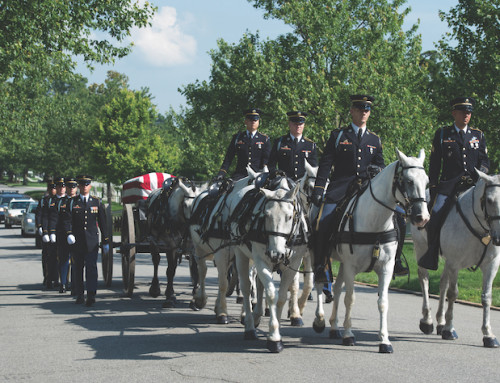HONOLULU — A high-altitude plateau on the Big Island is the only place in Hawaii where thousands of ground forces can practice firing live munitions. It’s also a place many Native Hawaiians consider the spiritual heart of the island.
The U.S. military wants to keep training at the spot, called Pohakuloa, so it’s ready to quickly send troops to Asia and the Pacific. Its importance to the United States is only growing as China becomes more assertive, particularly regarding Taiwan.
Yet the Army’s lease for state lands beneath a key part of the training range expires in 2029. Native Hawaiians upset with the U.S. military’s history of damaging Hawaiian lands with target practice and fuel leaks want the Army out.
“They have bombed and contaminated not just our land but our waters,” said Healani Sonoda-Pale, a community organizer with the Hawaiian sovereignty group Ka Lahui Hawaii. “When does this end?”
The military controls about 5 percent of Hawaii’s land, including bases for all branches. It has programs and staff to protect endangered and threatened species, prevent fires and plant native plants.
Pohakuloa Training Area spans more than 200 square miles. The section in question is only 17 percent of that total, but it’s critically located in between two larger federal parcels. Troops fire munitions from the state-owned parcel onto federal lands.
Other live-fire training areas in Hawaii are too small to accommodate battalions and brigades.
Commanders say it would take too long to send troops, trucks and helicopters to the U.S. mainland for drills.
“What we anticipate in a future fight is that we will not have the time to recover that equipment and to position ourselves back into the region,” said Maj. Gen. James Bartholomees, U.S. Army Pacific chief of staff.
Pohakuloa training, he said, allows troops to “move from Hawaii into the Indo-Pacific, into key terrain, to be prepared to meet our adversaries, or more importantly, to deter them.”
The Marine Corps, Navy and Air Force exercise there, as do allied and partner militaries. The Hawaii National Guard accounts for one-quarter of Pohakuloa’s training. County fire and police departments use it too.
The Army prepared an environmental impact statement, including public feedback, that analyzed how the military’s continued use of the land would affect plants, animals and cultural heritage.
On May 9, the state land board rejected it after hearing hours of often emotional testimony in opposition. Among other issues, the board cited inadequate inventory of unexploded ordnance and insufficient inventory of ancient burials and associated artifacts.








